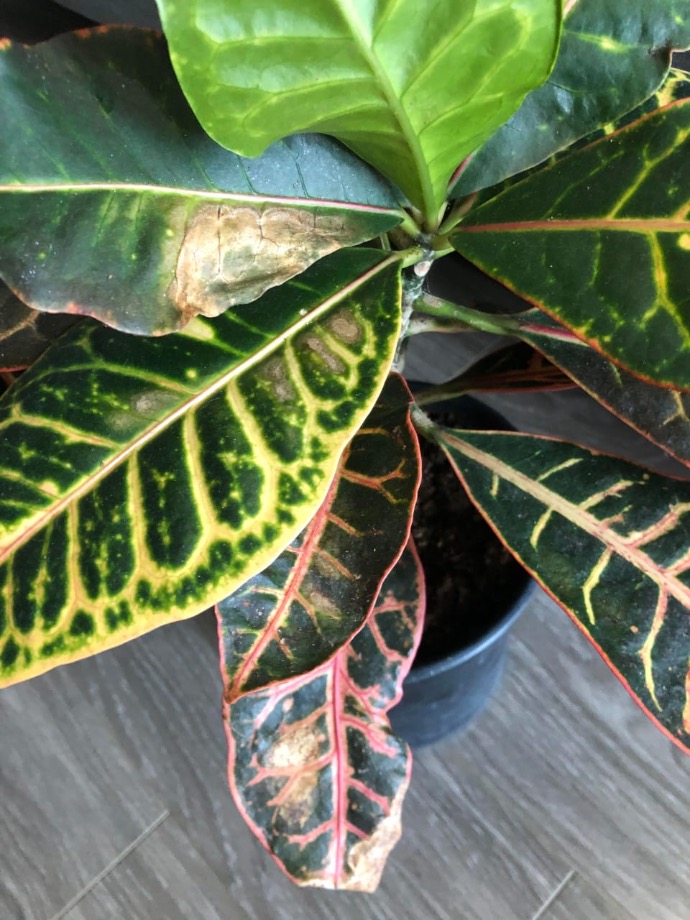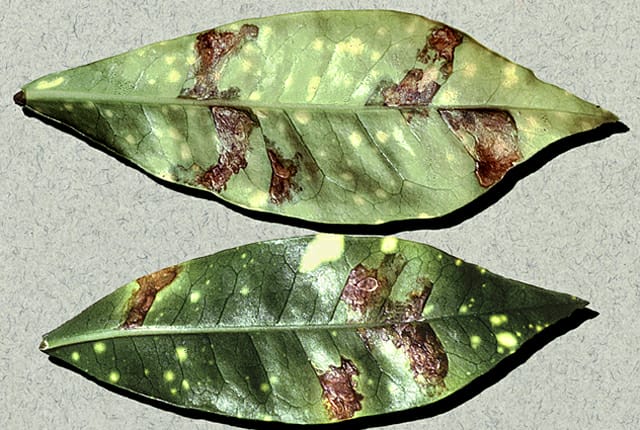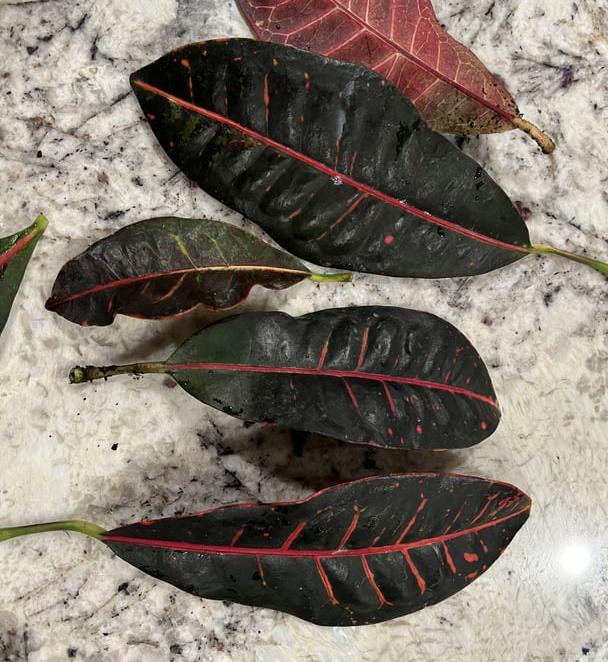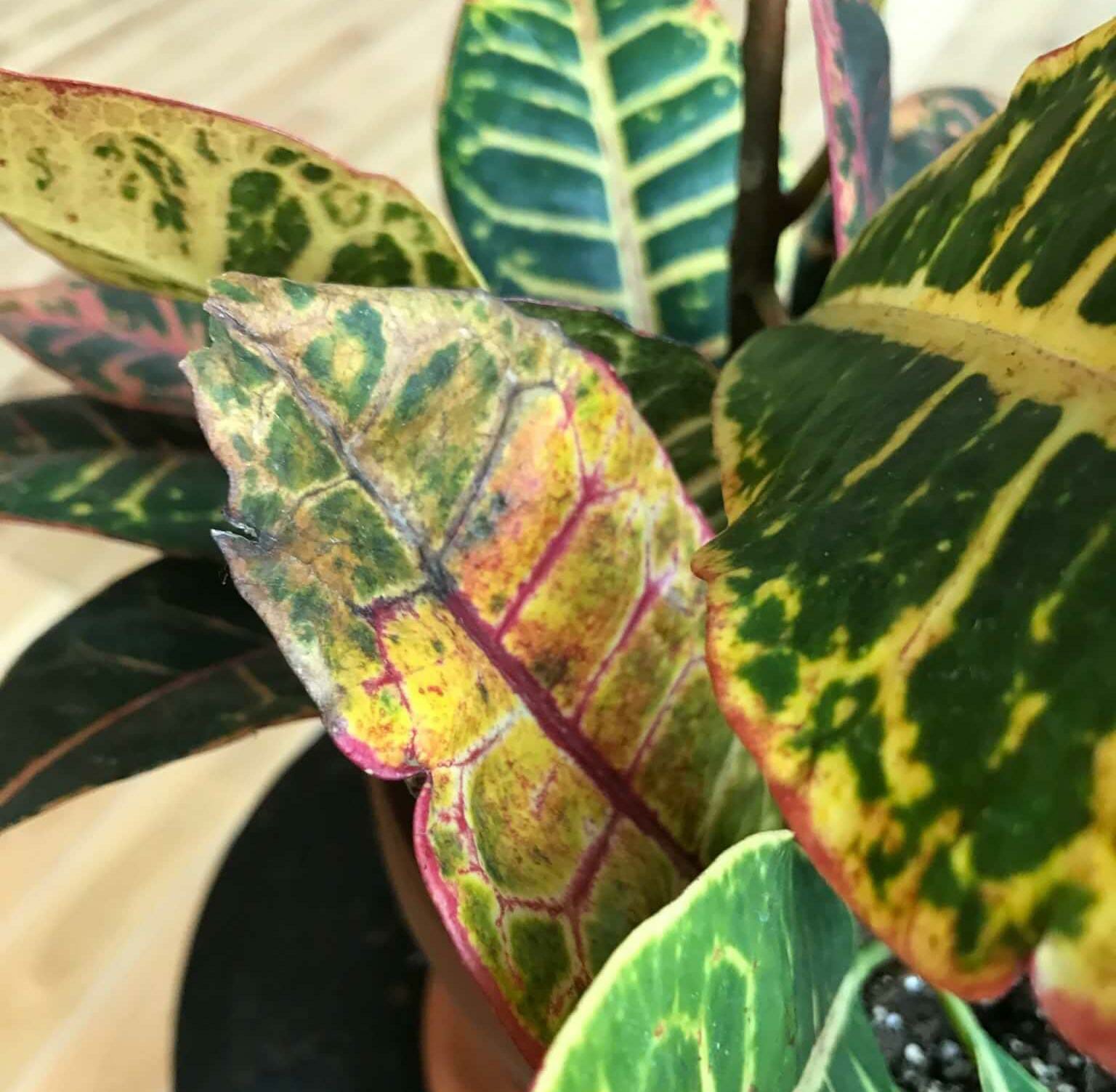Croton Plant
Crotons, shrubs with moderate growth, prefer well-drained soil and full sun to partial shade. With moderate moisture needs, they are valued for their colorful and variegated foliage, commonly used in landscaping.
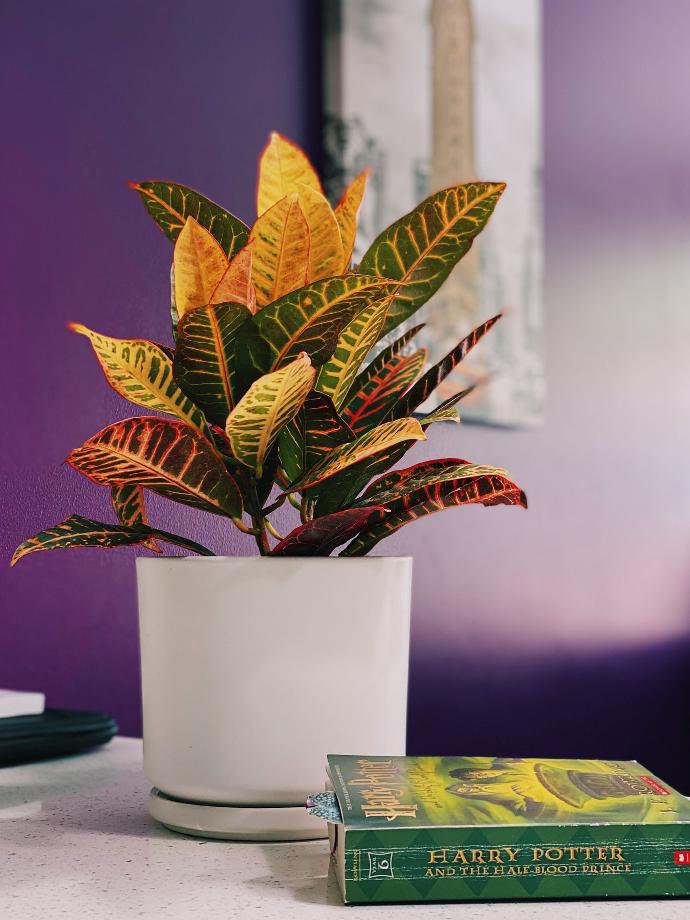
Habit
Shrub
Height
1 to 2 m
Growth
Moderate
Soil
Well-drained, loamy, acidic
Shade
Full Sun to Partial Shade
Moisture
Moderate
Edible
No
Medicinal
No
Origin
India
Climatic Condition
Tropical, subtropical
Temperature (°)
20 to 30
Humidity (%)
60 to 80
Potting media
Peat-based mix
Fertilizers
Balanced fertilizer
Watering
Regular watering
Plant Weight
300 to 500 g
Flowering Time
Year-round
Soil Ph level
5.5 to 6.5
Water Ph level
6.0 to 7.0
Soil EC
0.3 to 1.1
Yield Per Plant
1 to 2 kg per plant
NPK ratio
20:20:20
life Span
Perennial
Health Benefits
Ornamental, aids in air purification, used for decorative purposes.
Suggested Grow Media or Potting Mix ?
40% peat moss, 30% perlite, 30% compost
Suggested Fertigation/Fertilizers
Fertilize every 2 weeks with a balanced fertilizer.
Common Diseases and Remedies
black rot , leaf blight
chlorosis blight , leaf droop
neem oil , beejamrutham
HEALTH BENEFITS
(Codiaeum variegatum) – Primarily an ornamental plant, croton contains toxic compounds and is not used medicinally. However, in traditional medicine, some croton species have been used for skin conditions and digestive issues (caution is advised due to toxicity).
What Is An Croton Tree?
Croton (Codiaeum variegatum) is a variegated leaf plant of the Euphorbiaceae family (Euphorbiaceae). It is native to Malaysia and the Pacific Ocean, but is widely cultivated. Crotons are small shrubs that can grow up to 10 feet tall in the wild, but ornamental plants are usually much smaller.

What Are The Different Types Of Croton Plants?
1. Banana Croton
A small plant with banana yellowish gray and green leaves.
2. Magnificent Croton
A hardy variety that can grow in full sun.
3. Gold Dust Croton
A plant with dark green leaves that look like they are sprinkled with yellow paint. Prefers at least 6 hours of bright, indirect light.
4. Yellow Ice Stone
A low-maintenance option that can survive both in the sun and indoors.
5. Petra Croton
A plant with yellow, green, bronze, orange, and wine red leaves that can survive in any location.

How to care for Croton Plants ?
1. Location
If grown indoors, bright indirect light is required. Outdoors, it grows in partial shade and can tolerate full sun in cooler climates.
2. Sunlight
Crotons require at least 1 to 3 hours of direct sunlight and indirect light for the rest of the day. Crotons can tolerate some direct sunlight, but avoid direct midday sun.
3. Hydration
The top 1 inch of soil should feel dry. Croton is not drought tolerant, but does not grow well in constantly moist soil.
4. Soil
Use rich, fertile potting soil. If your croton outgrows its pot, refresh the soil every few years.
5. Nutrition
Apply organic fertilizers during the main growing season. Loosen the topsoil without damaging roots, allowing plants to absorb nutrients and water.
6.Issues
Croton plants can suffer from many diseases, including fungal diseases such as anthracnose, bacterial infections such as root gall, and spot diseases. Pests: Crotons can also have pests such as spider mites, mealybugs, and caterpillars. These pests can damage your plants and cause them to lose their leaves.
What are the Benefits of Croton Plants ?
Traditional medicine: Croton leaves and stem bark are used to treat diabetes, high blood cholesterol, gastrointestinal disorders, liver disorders, and weight loss. Medicine: Croton seeds and oil are used to make medicines. Croton seeds are sometimes applied directly to the skin for rheumatoid arthritis (RA), gout, and other conditions.

FAQs About Growing Croton
1.Can crotons live in water?
Crotons can also be rooted in water. You'll need a glass or jar and clean pruners or shears.
2.Does croton plant purify air?
More importantly, NASA deemed Crotons are one of the top 50 best air-cleaning houseplants.
3.What are the special features of croton plants?
The large, thick, leathery leaves are 2 to 12 inches long and quite variable.
4.How big can crotons grow?
This shrub can grow up to 10 feet tall, but there are both dwarf and larger varieties.
5.What is croton used for?
Croton is a plant. The seeds and oil extracted from the seeds are used to make medicine.
